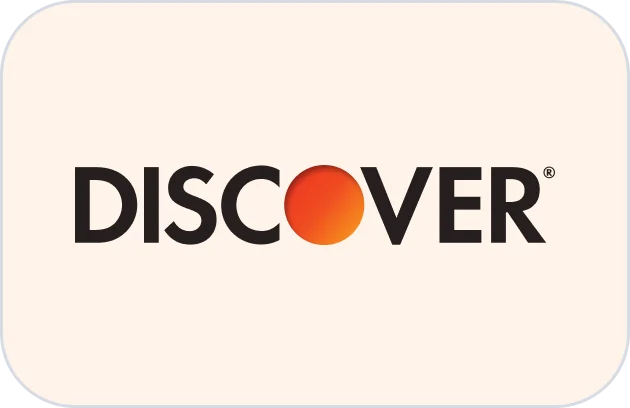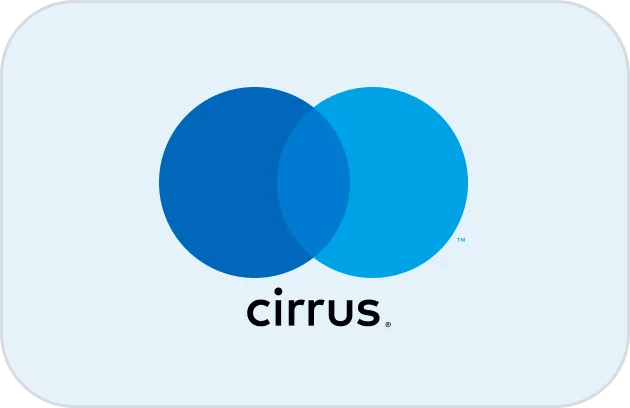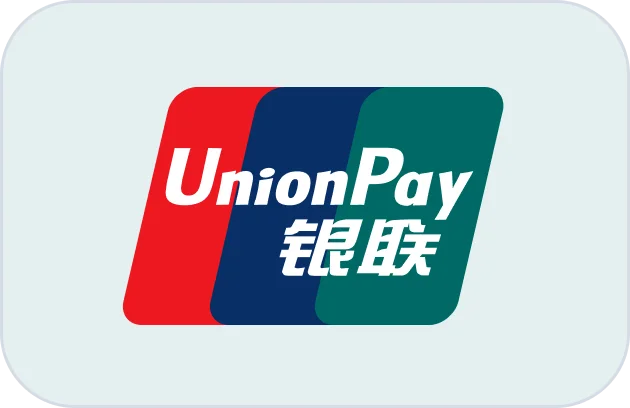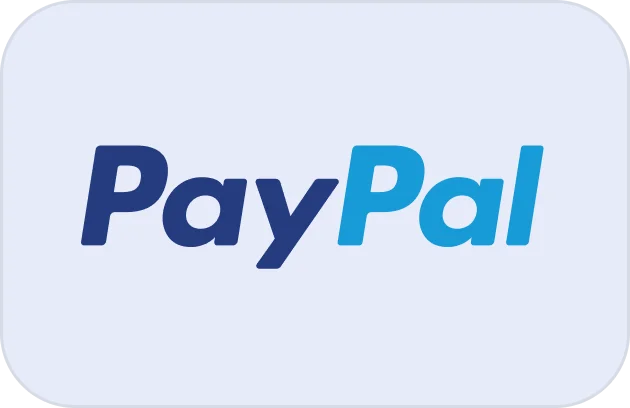Queues don’t collapse because agents don’t work hard; they collapse because the system guesses wrong—about intent, value, language, entitlement, and who can actually fix the problem right now. Predictive routing ends the guessing. It continuously weighs signals from channels, customers, and the floor to send each conversation to the next best outcome—not just the next available agent. When done correctly, you see an immediate bend in FCR, abandon, cost/contact, and revenue/contact. When ignored, you get the opposite: mounting backlogs, “sorry, wrong team,” burned-out agents, and spreadsheets that can’t explain why yesterday’s numbers don’t match today’s.
This playbook shows how modern teams deploy predictive routing as a core capability—not a feature toggle—alongside reliability architecture, AI coaching, analytics, and compliance. It connects directly to proven patterns from zero-downtime call architectures, downtime-free cloud operations, real-time coaching, AI-first QA, time-saving integrations, 2025 metric benchmarks, ROI-ranked features, and the U.S. operating realities captured in scalable, compliant, AI-ready stacks.
| Signal | Source | Routing/Queueing Action |
|---|---|---|
| Intent (predicted) | NLP on first 5–10s of chat/email/IVR | Map to best-fit queue; escalate if confidence < threshold |
| Intent (confirmed) | Agent/bot confirmation | Re-route in-flow if mislabelled; preserve SLA clock |
| Customer value/tier | CRM/LTV, plan, segment | Skip general queue; route to retention/white-glove |
| Entitlement/contract | Account rules | Restrict who can speak; enforce language/region |
| Language | Detector + customer profile | Skills route; switch channel with preserved context |
| Sentiment/affect | Prosody + text | Priority ↑; supervisor watch if risk phrases fire |
| Backlog by queue | Intraday analytics | Throttle non-urgent intents; offer callbacks |
| ASA trend | Interval stats | Overflow to secondary pods; blend channels |
| Agent availability (N sec) | WFM/adherence | Hold for stickiness window; fallback after timeout |
| Agent skill score | QA/coaching history | Bias routing toward high-FCR agents for complex intents |
| Repeat contact (7-day) | Warehouse events | Sticky owner; proactive status ping if promise pending |
| Promises kept/missed | Case/CRM | Escalate to specialist; CSAT save offer on resolve |
| Compliance flags | PCI/PHI/PII markers | Force verified channels; auto-redaction on |
| Outage/delay signals | Status page/ops | Broadcast + deflect to self-serve with credits |
| Geo/region | IP/ANI, profile | Route to regional edges/carriers; hours compliance |
| Device/channel | Client info | Prefer co-browse on web; SMS for quick actions |
| Queue health (MOS/jitter) | Telephony QoS | Drain to healthy trunks; offer callback |
| Lifecycle stage | CRM funnel | Sales vs. service route; upsell path ready |
| Payment risk | Billing signals | Retention specialist; goodwill policy engine |
| Knowledge coverage | KB hit/miss | If miss, route to human; flag content gap |
| Bot confidence | Containment score | Hand off with transcript; keep context alive |
| Handoff count | Conversation events | Lock single owner; supervisor alert > 1.4 avg |
| Customer effort so far | Clicks, repeats | Priority ↑; switch to voice with context |
| Brand risk (social) | Public posts | Immediate triage; move private with case link |
| Forecast vs. actual | WFM | Open/close overflow queues; re-weight intents |
| Accessibility need | Profile/self-ID | TTY/video relay; priority ADA-compliant flows |
| Abandon risk | Model on wait + history | Offer windowed callback before pain hits |
| Proactive trigger | Delivery/payment anomalies | Outbound nudge with deep link to fix |
| Regulatory route | Vertical rules | Healthcare/finance specialist queues only |
| Agent script fitness | AI coach patterns | Route away from agents with low intent success |
1) Predictive Routing, Defined (And Why Rules Alone Fail)
Static rules treat routing like a flowchart—clean in workshops, brittle in real life. Predictive routing is a living policy layer that ingests events (intent, value, language, backlog, QoS, sentiment), scores options, and commits to the path with the highest probability of the desired outcome (resolve, retain, pay, renew) while honoring constraints (SLA, compliance, accessibility). It adapts per minute, not per quarter.
Think of it as a market where queues bid for the right work. The “price” changes with load, agent availability, and risk. The route you’d choose at 10:02 is not the same as 10:12—and that’s the point. The engine must breathe with the operation instead of freezing it in place.
2) The Architecture That Makes Prediction Trustworthy
Reliable routing sits on top of a reliable platform. If your trunks or edges wobble, even perfect logic will deliver a bad day. That’s why the patterns in zero-downtime architectures and downtime-free stacks matter: carrier diversity, regional media edges, health-based draining, and circuit breakers on degraded paths. When the underlay is resilient, the router can make quality-aware decisions—steering high-value calls to the cleanest route automatically.
On the data side, every interaction should emit canonical events to your warehouse: ConversationStarted, IntentPredicted, IntentConfirmed, Routed, Connected, CallbackPromised, CallbackCompleted, Resolved, Escalated, Dispositioned, SurveySubmitted. That same events mentality powers AI-first QA and your executive analytics. If an outcome can’t be reproduced from events, it doesn’t belong on the exec page.
3) Scoring for Outcomes: From “Shortest Wait” to “Highest Win Rate”
Traditional ACD logic optimizes for the shortest wait. Predictive routing optimizes for the highest probability of the right outcome within SLA. That requires a score function that mixes:
- Fit (skills, language, specialization, accessibility readiness)
- Value (LTV, at-risk, premium, churn likelihood)
- Speed (ASA forecast, stickiness window, callback windows)
- Quality (agent success on this intent; recent QA/coaching)
- Risk (compliance flags, sensitive intents)
Each dimension has its own weight and decay. Example: a top specialist with a 6-minute wait may lose to a capable generalist available in 30 seconds if sentiment is hot and the intent is straightforward. The system chooses resolution now over theoretically perfect later—and then sticks by that decision with fallbacks if the path stalls.
4) Orchestration: Stickiness, Fallbacks, and Channel Flex
Great routing feels like continuity. That comes from three mechanics working together:
- Stickiness with a timer: keep the conversation with the most successful owner for N minutes. If the timer breaches, fall back to the next-best queue of record. Context and SLA clocks must survive the move.
- Windowed callbacks: don’t just promise “we’ll call you back”—offer the 15-minute window, queue at window start, and prioritize the callback until it connects. This alone cuts abandon and rescues CSAT.
- Channel flex: switching from chat to voice should not reset context. Predictive engines should recommend the switch when detectably faster (co-browse is available, verification is heavy, emotion is high).
These mechanics are the connective tissue that lets real-time coaching and integrations land with impact: when the right agent gets the right case, guidance and automations actually convert to outcomes.
5) Operating Cadence: How to Keep the Brain Sharp
Predictive routing is not a launch; it’s a cadence:
- Daily (30 min): backlog by intent/channel, ASA/abandon by interval, callback promise rate, bot containment with CSAT proxy, adherence. Ship two routing/scripting changes grounded in intraday data.
- Weekly (60 min): cohort review (AHT/FCR/CSAT by intent/channel), misroutes, “handoffs per resolution,” and agent behaviors surfaced by AI-first QA. Promote winners to default flows.
- Monthly (90 min): business linkage—churn saves, refunds avoided, revenue/contact vs. deflection; roadmap the top 10 repetitive steps to automate using patterns from ROI-ranked features.
Publish a simple rule: if a metric can’t be reproduced from events, it doesn’t get escalated. This eliminates “dashboard drama” and builds trust with executives.
6) Rollout Plan (First 120 Days) & the Pitfalls to Dodge
Days 1–14 — Foundations: stand up carrier diversity and regional edges; connect the events bus; define canonical intents; enable stickiness timers and fallback rules; configure callbacks with windows. Prove survivability with a planned drain/flip per architecture best practices.
Days 15–45 — Throughput & Quality: turn on intent-first triage in IVR/chat, bias routing by value/entitlement, and begin real-time coaching on disclosures, empathy, and next-step commitments. Calibrate QA weekly on a common call set. Track “promises kept.”
Days 46–90 — Cohort Personalization: segment playbooks by vertical and language; route proactive signals (delivery, payment, outage) to specialized pods; add guided replies and co-browse for break/fix; expand automations via the patterns in integration libraries.
Days 91–120 — Business Proof: publish revenue/contact, cost/contact, churn save rate, and abandon trend; document misroute reduction and callback kept. Lock a quarterly experiment slate (≤5 tests) and retire losers quickly.
Pitfalls: (1) Deflection without dignity—bots that won’t hand off; require clear exits and measure bot CSAT. (2) Over-pacing voice—chasing ASA by flooding lines; use callbacks and interval staffing. (3) Script sprawl—weekly pruning or quality dies. (4) Compliance as tribal memory—defaults must enforce law and accessibility. (5) One-size scoring—weights must differ by intent and decay over time.
7) Executive Outcomes: How You’ll Know It’s Working
- FCR climbs within weeks on top intents; “handoffs per resolution” drops toward 1.0–1.2.
- Abandon falls without padding headcount because callbacks and fallbacks absorb peaks.
- Repeat contacts shrink; supervisors spend time changing routing and content, not proving numbers.
- Revenue/contact rises as value-tier customers get the right path quickly; cost/contact falls with automation and fewer recontacts.
- Outages become non-events because the router steers to healthy paths and downtime prevention is built in.
At that point, “predictive routing” stops being a project name and becomes the operating system of your contact center.
FAQs — Short Answers That Change Outcomes
What’s the fastest route to value if we’re starting from queues + skills?
Add intent-first triage (short IVR + NLP) and enable stickiness timers with fallbacks. Offer windowed callbacks when ASA breaches. These three changes usually deliver measurable FCR↑/abandon↓ within 30–45 days.
How do we avoid biasing the router toward speed at the expense of quality?
Score for probability of the target outcome, not just shortest wait. Include agent success by intent, customer value, and risk flags. Use decay so yesterday’s wins don’t dominate today’s decisions.
How does predictive routing work with AI coaching and QA?
Routing selects the right work; real-time coaching guides the right behaviors in the moment; AI-first QA scores 100% of conversations and feeds the next routing calibration. It’s one loop.
We run globally—how do we keep language and entitlement correct?
Make language detection and entitlement hard constraints in the score. If a route violates them, it can’t win. Regional edges and carrier diversity ensure the quality path exists to support the decision.
What metrics prove predictive routing is doing its job?
Start with “misroutes per 1k contacts,” “handoffs per resolution,” “repeat within 7 days,” and “callback kept.” Tie them to the reference set in 2025 benchmarks and report revenue/contact alongside cost/contact.
Where should we place predictive routing in our roadmap?
Immediately after reliability hardening. Without the survivability patterns from downtime-free operations, your router will make good choices that land on bad paths. Fix the underlay first, then light up prediction.
What about sales vs. service—should the scoring differ?
Yes. Service favors FCR and promise integrity; sales favors conversion velocity and value tier. Use distinct score weights per intent family and re-calibrate monthly. Pull feature investments from ROI-ranked features to support each path.








